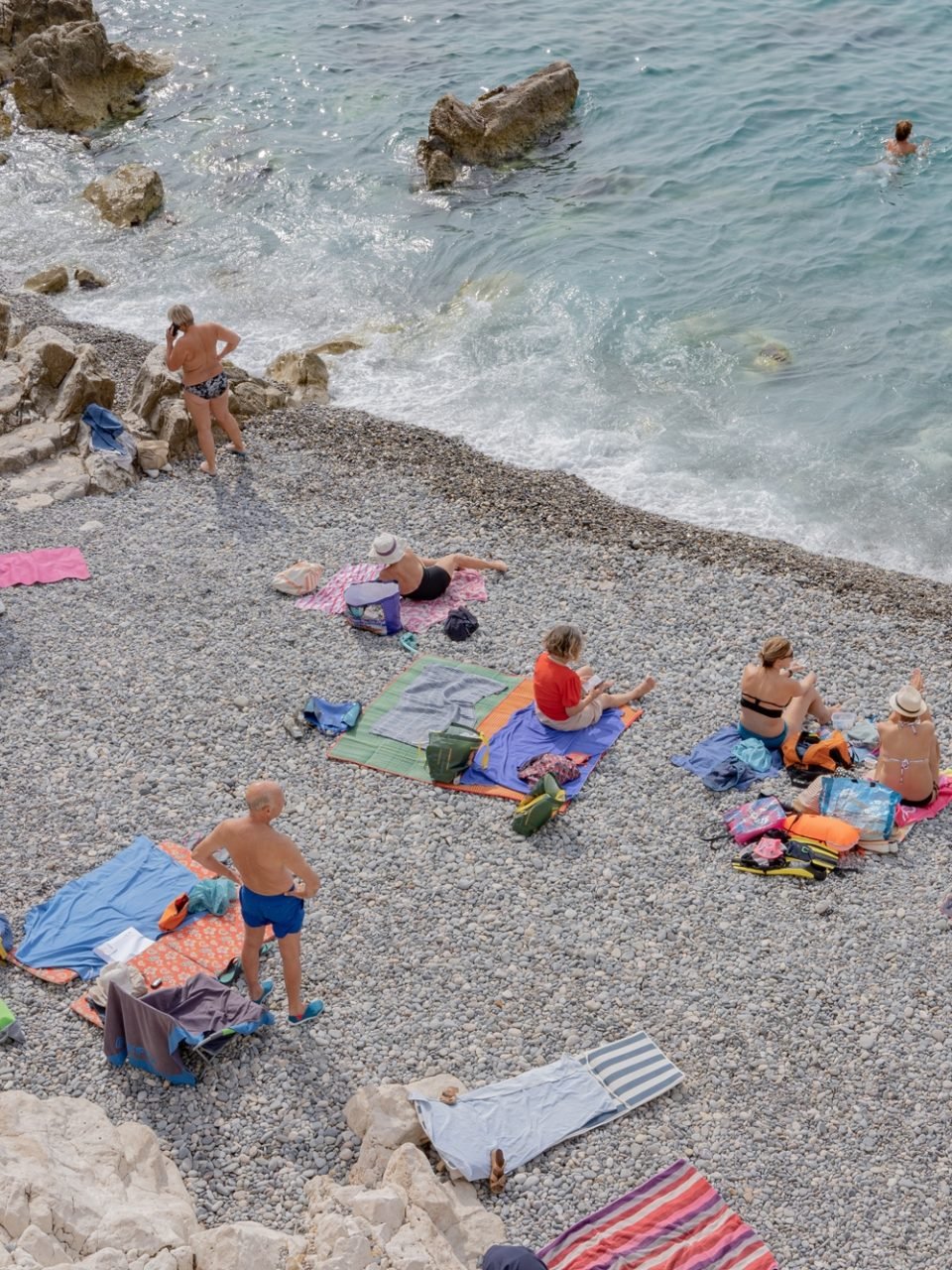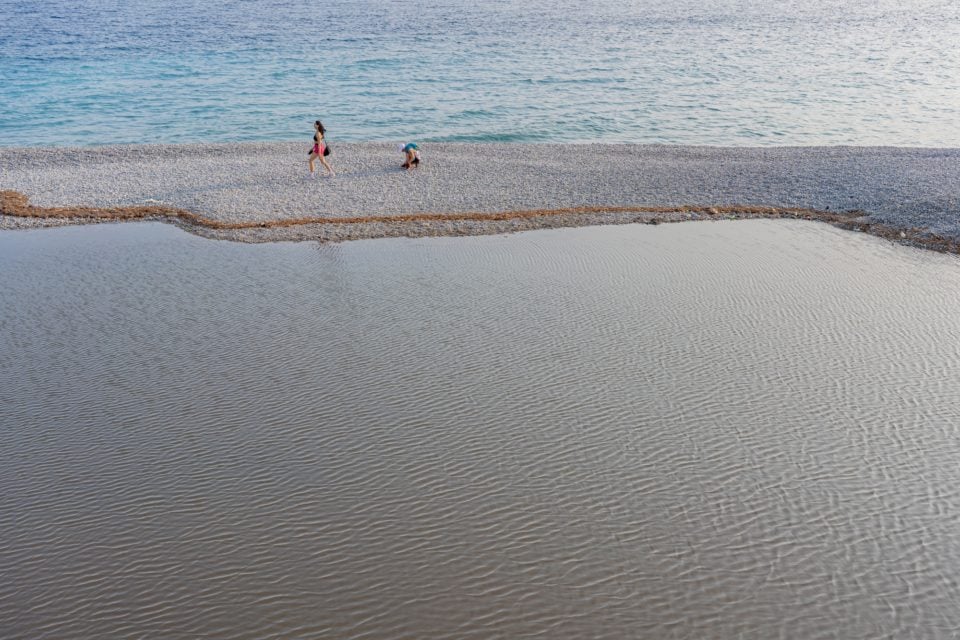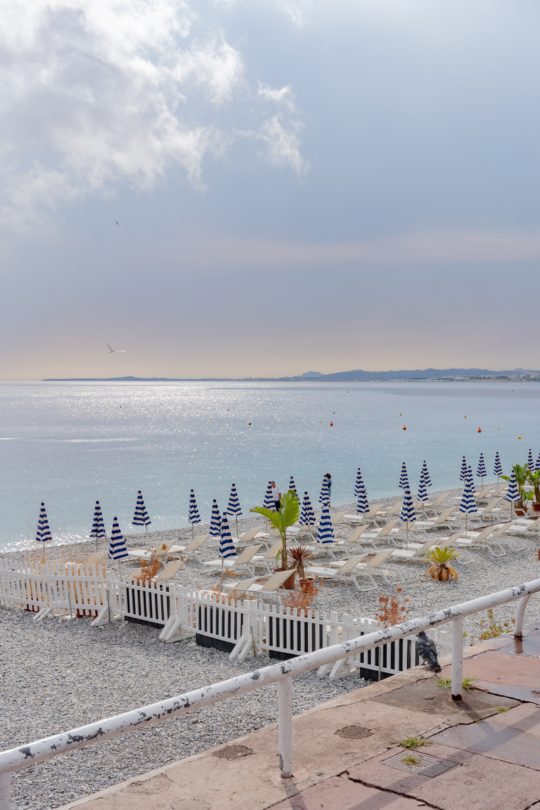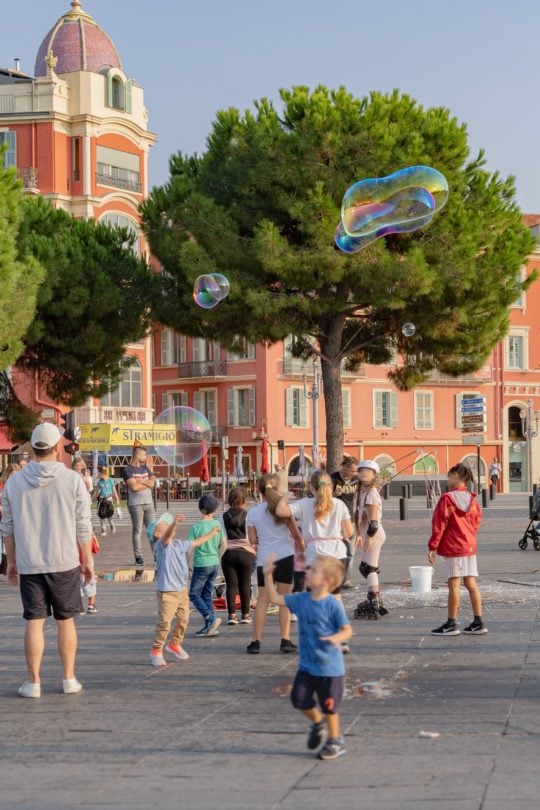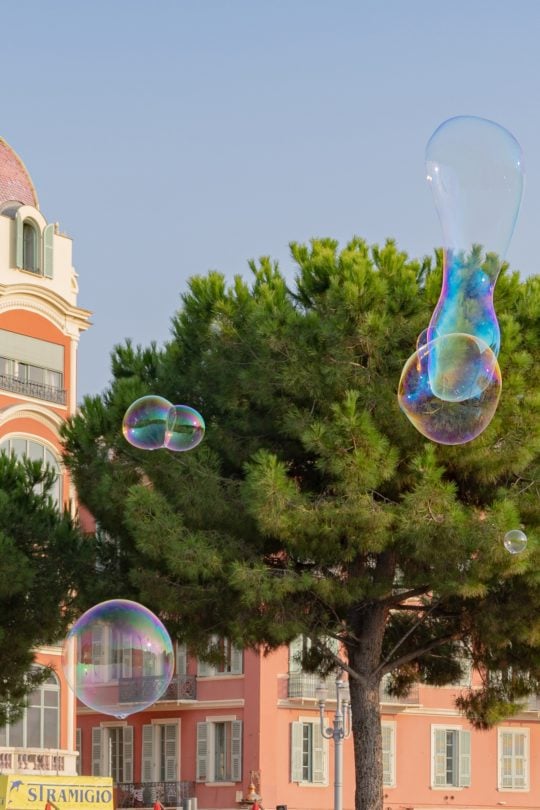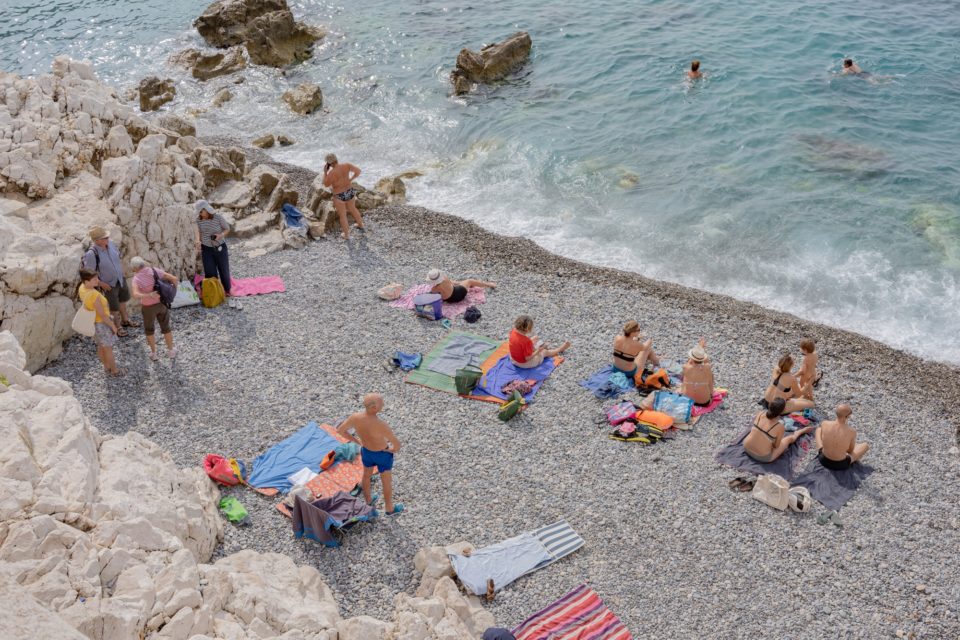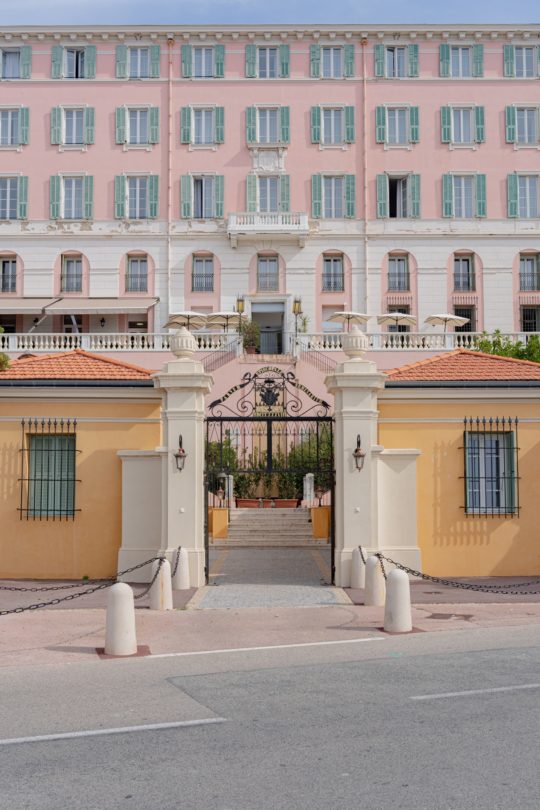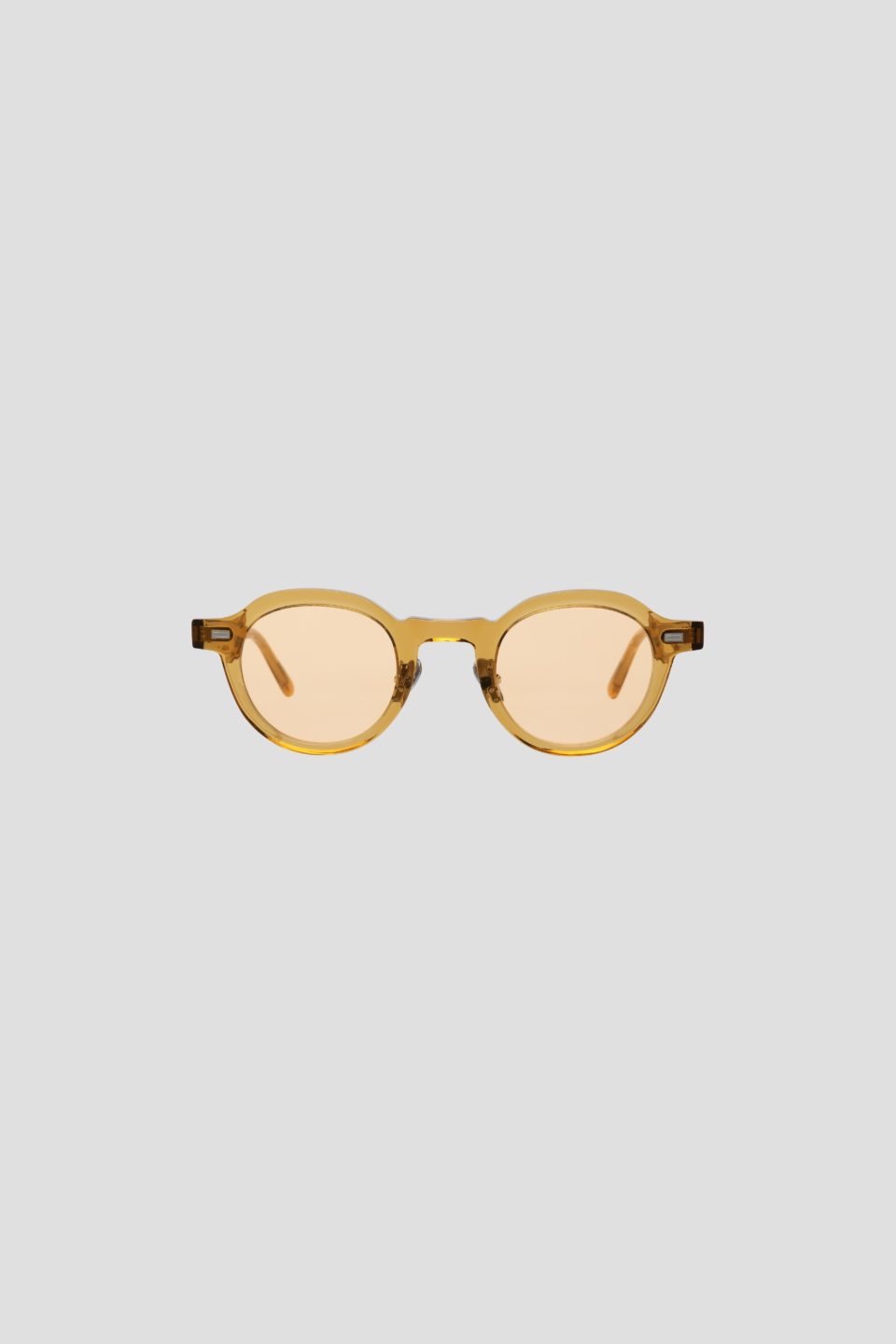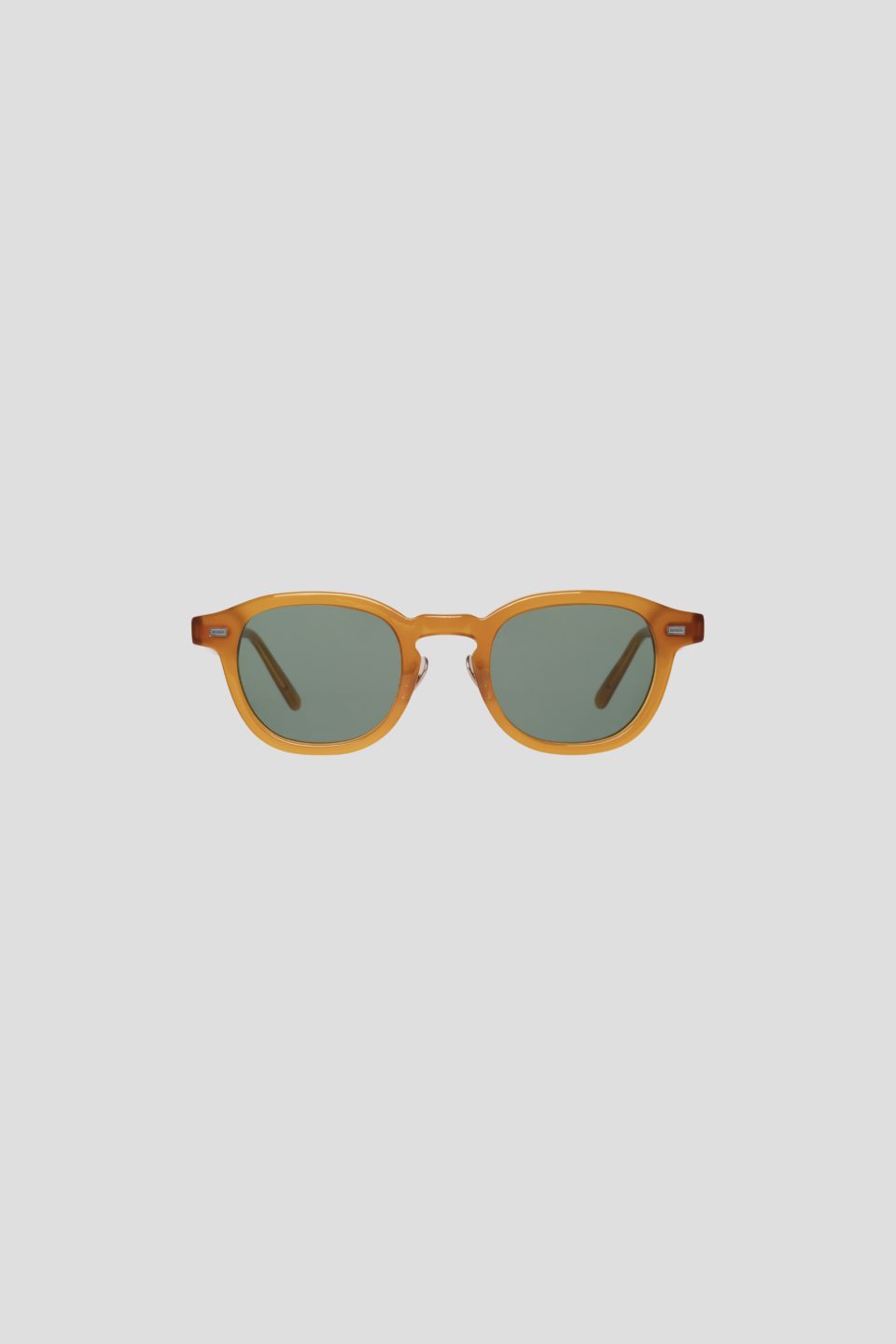THE LIGHT FANTASTIC FRENCH RIVIERA.
Take a walk with us and enjoy the cheerful scenes of the French Riviera..
The cobalt water glitters like a frosted window pane.
Above, a seagull glides across a sky so particularly blue that lifts the spirit. Below, jolly bathers bounce in the stilly waters of Ponchettes beach. An enigmatic mix of energy and calm permeates the afternoon Nice air.
Combined by the radiant play of light, this Joie de vivre in the South of France, captured the minds and imagination of modernist painters. Caught in a web of unspoilt landscapes, magical sunsets and blue oceans, impressionists like Monet & Renoir and post impressionists like Cezanne and Matisse were not only drawn in by the beauty, but it changed the very way they painted. Impressionists saw the light, and endeavoured to capture it on canvas.
‘It is so beautiful, so bright, so luminous. One swims in blue air, and it is frightening.’
– Claude Monet
During his years in Nice, the work of Henri Matisse turned from sullen brown landscapes into vibrant expressions of colour. Expressive pure and brilliant, his radical use of hues led the way for the Fauvist movement, which liberated colour from its literal meaning.
“When I put down a green, it doesn’t mean grass; and when I put down a blue, it doesn’t mean the sky.” – Henri Matisse
Colour, as we know, is nothing other than a wavelength of light. We cannot perceive colour in the absence of light. So it makes sense that their experience and interpretation of colour was so affected by the Riviera sky.
From a neurological perspective, light not only helps us communicate and understand our environment, but it also affects how we feel. Because it contains the entire light spectrum, natural light fires all the receptors in our retinas, and in doing so induces serotonin release in the brain. Serotonin is the primary hormone responsible for happy feelings.
Gazing at the colourful boats in the marina, I’m reminded of the cheerful interiors of Matisse. The work itself inspires a sense of happiness. And I’m struck by a thought. Did the artist’s use of colour change because they saw colour itself differently? Or did they paint happy colours because they were happier? Could it be that the way they felt changed the way they perceived and therefore portrayed the world?
“…in the south of France, everything sparkles and the whole painting vibrates. Take your pictures to Paris: the blue turns to grey…” – Pierre Bonnard
I wonder too, if these colourful boats were inspired by Matisse or the Fauvist’s emancipation of colour? Or have the boats always been colourful, in turn inciting the artist’s use of colour? I look around. The surrounding cheerful scenes have an undisputable accidentally Wes Anderson vibe about them. It makes me wonder what other great works of art might have been stimulated by the light and colour of the French Riviera…

